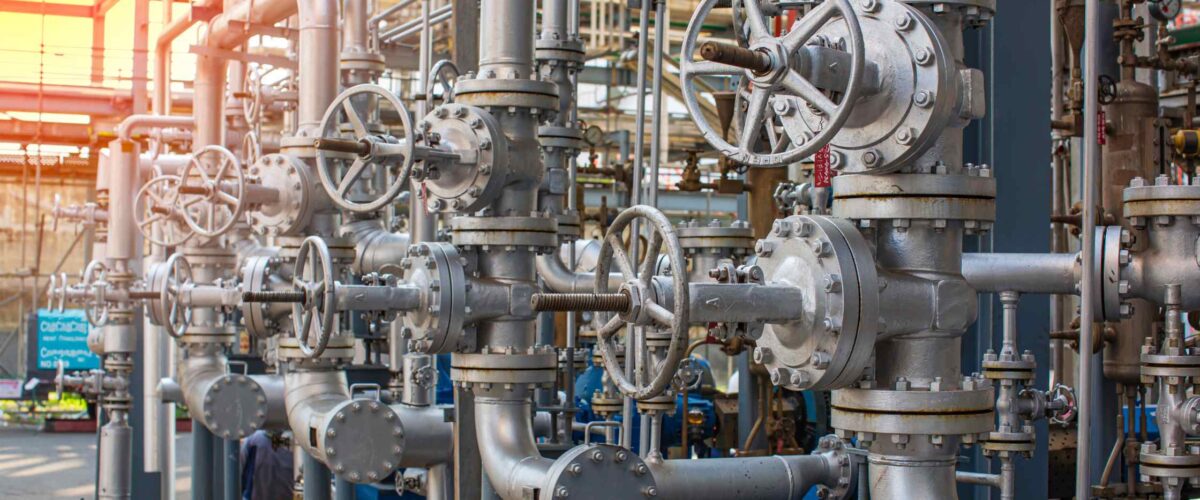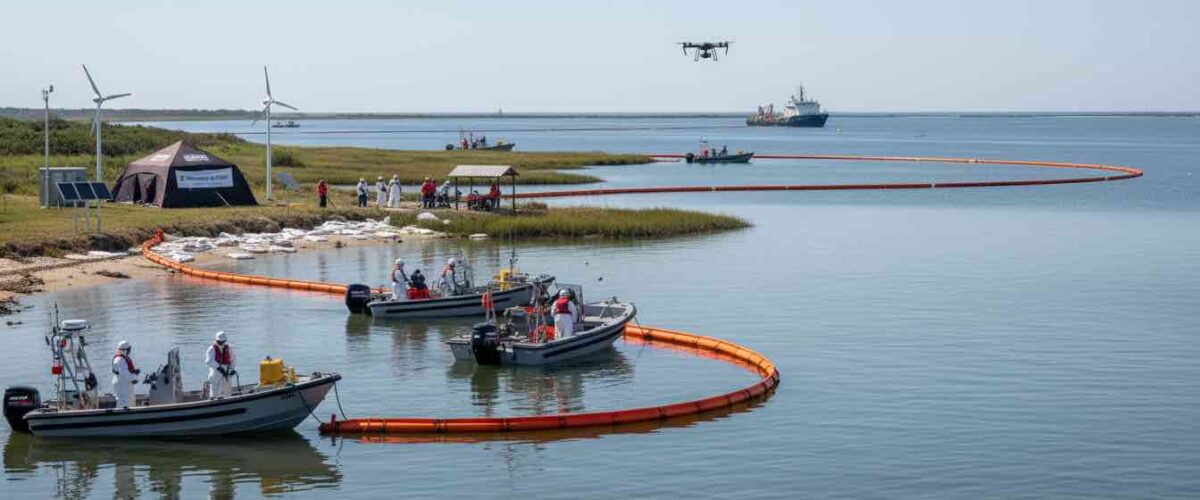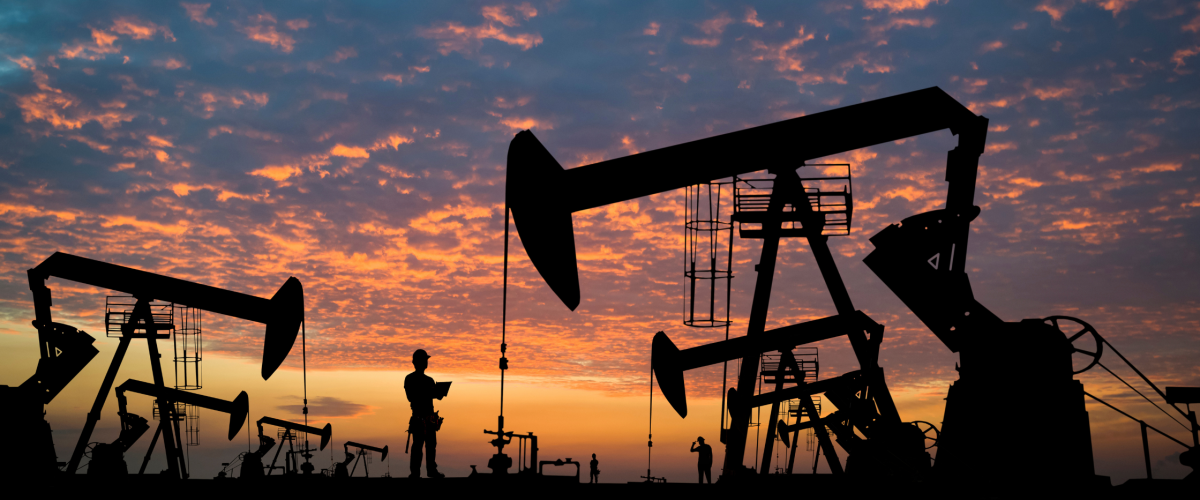The petroleum industry depends on a highly specialized and interconnected supply chain. From drilling rigs and compressors to storage tanks and control valves, every piece of equipment plays a role in ensuring operations run smoothly. But in recent years, supply chain disruptions driven by global crises, shifting trade policies, and market volatility have created bottlenecks that are directly affecting equipment availability.
For operators, contractors, and traders, the consequences are far-reaching: higher costs, longer project timelines, and increased operational risk.
The Roots of the Disruptions
Several factors have converged to strain petroleum equipment supply chains:
- Global Logistics Delays
The COVID-19 pandemic exposed the fragility of global shipping networks. Congested ports, container shortages, and shipping backlogs continue to cause unpredictable lead times for petroleum equipment. - Geopolitical Tensions
Trade disputes, sanctions, and shifting alliances—particularly involving major manufacturing hubs like China, the U.S., and Europe—have complicated procurement. Export controls on sensitive technologies, such as drilling software and advanced sensors, have further slowed deliveries. - Raw Material Shortages
Many petroleum components rely on specialty steels, alloys, and electronic chips. Global shortages of these materials, combined with rising energy costs for manufacturing, have pushed equipment prices upward. - Labor and Skilled Workforce Constraints
Skilled labor shortages in manufacturing and logistics have reduced production capacity for pumps, valves, and control systems. This has been compounded by rising demand for renewable energy equipment, which competes for the same resources. - Energy Transition Pressures
Some suppliers are scaling back petroleum-focused production in favor of renewable or low-carbon technologies. This shift has reduced the diversity of suppliers available for traditional petroleum equipment.
Impacts on Petroleum Operations
The disruptions are not just logistical—they are reshaping project economics and timelines across the sector:
- Longer Lead Times: Equipment that once took three months to procure can now take nine months or more, delaying drilling campaigns and refinery upgrades.
- Rising Capital Expenditure: Higher equipment costs are inflating project budgets, especially for midstream and downstream infrastructure.
- Operational Risks: Spare parts shortages are forcing operators to extend the life of existing equipment, increasing maintenance risks.
- Regional Inequality: Emerging markets, particularly in Africa and Southeast Asia, face steeper challenges due to limited local manufacturing capacity and higher dependence on imports.
Strategies for Building Resilience
To adapt, petroleum companies are rethinking how they manage supply chains:
- Localization of Manufacturing
Some operators are partnering with local workshops and engineering firms to fabricate parts regionally, reducing reliance on overseas suppliers. - Strategic Inventory Management
Companies are shifting from “just-in-time” models to holding larger inventories of critical spares, especially for pumps, compressors, and safety equipment. - Diversification of Suppliers
Engaging multiple vendors across different regions spreads risk and reduces vulnerability to disruptions in a single country. - Digital Procurement Platforms
Advanced procurement systems are helping companies track supply chain risks, compare supplier reliability, and forecast shortages more accurately. - Collaboration Across the Value Chain
Joint procurement initiatives between operators, contractors, and governments are emerging, helping secure bulk orders at better terms.
The petroleum industry’s reliance on complex global supply chains means disruptions will continue to be a structural risk. However, these challenges also present an opportunity for modernization. By adopting digital tools, investing in local manufacturing, and building flexible supply strategies, operators can secure the equipment they need while reducing exposure to global volatility.
Supply chain disruptions are reshaping petroleum equipment availability in ways that affect cost, timelines, and risk management. Companies that treat resilience as a strategic priority rather than a temporary adjustment will be better positioned to navigate uncertainty and sustain operational efficiency in a shifting energy landscape.
Read more on Sparkview Energy:
Understanding AI and Machine Learning in Petroleum Equipment
Robotic Solutions in Petroleum Equipment: Enhancing Safety and Precision
Adapting Offshore Equipment for Midshore Environments: A Cost-Effective Solution










